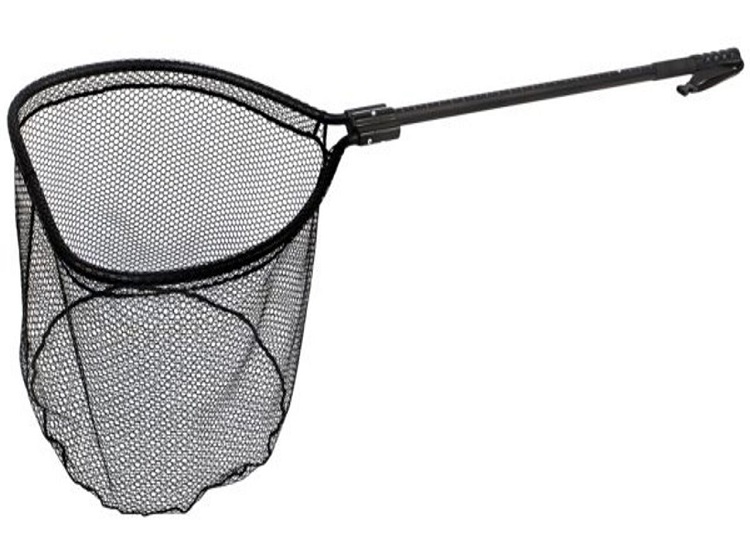Toilets are essential in our daily lives, yet they often go unnoticed until something goes wrong. Despite their simple appearance, toilets have several parts that can malfunction. Here are ten common toilet problems and how you can fix them yourself.
- Running Toilet
One of the most frequent issues is a continuously running toilet. This can be due to a faulty flapper, a fill valve, or an incorrect water level. To fix this, first, check the flapper. If it’s not sealing properly, replace it. Next, inspect the fill valve. Lift the float arm while the tank is filling; if the water stops, the fill valve is the problem and should be replaced. Lastly, ensure the water level is about an inch below the overflow tube.
- Toilet Won’t Flush
A toilet that refuses to flush can be a significant inconvenience. Often, the culprit may be a faulty flush handle or a broken chain. To resolve this issue, you should remove the toilet tank lid and inspect the handle and chain. If you find that they are disconnected or damaged, you should either reattach or replace them as necessary. Additionally, ensure that the flapper valve is functioning correctly and fully releasing water into the bowl when the handle is pressed.
- Weak Flush
At times, you might notice that the flush is not as powerful as it should be. This weak flush could be the result of a clogged siphon jet or insufficient water in the tank. To remedy this situation, try cleaning the siphon jet using a flexible wire to remove any blockages. You should also inspect the water level in the tank and adjust it to the recommended level.
- Leaks at the Base
Water pooling around the base of the toilet often indicates a faulty wax ring, which is a common issue that can typically be fixed without the need for a plumber, especially if you are comfortable with basic home improvement tasks. To tackle this problem, you’ll need to shut off the water supply, flush the toilet to drain the tank, and then remove the toilet from the floor. After that, replace the wax ring and reinstall the toilet, ensuring it is securely and evenly placed.
- Frequent Clogs
Clogs in toilets can develop from repeatedly flushing items that don’t dissolve or from flushing a lot of material in one go. If the clog is severe, a plunger might not be enough to clear it. If you’re finding it difficult to clear a blockage by yourself, a professional drainage engineer can help. They have access to specialist equipment designed to tackle even the most stubborn clogs in toilets and soil pipes, ensuring the issue is resolved efficiently.
- Gurgling Noise
If you hear a gurgling noise coming from your toilet, it could indicate a blockage in the vent pipe. To address this, inspect the vent pipe for any obstructions and clear them to ensure proper airflow.
- Toilet Rocks Back and Forth
A rocking toilet can be unsettling and is typically caused by an uneven floor or loose bolts. Start by tightening the bolts at the base of the toilet. If the problem persists and the floor is uneven, you may need to use shims to stabilize the toilet.
- Slow-Filling Tank
A slow-filling toilet tank is often the result of a faulty fill valve or a kink in the water supply line. Begin by inspecting the water supply line and straightening out any kinks. If the issue continues, consider replacing the fill valve.
- Tank Won’t Fill
If your toilet tank is not filling, the first step is to check that the water supply valve is fully open. If the tank still fails to fill, the fill valve could be defective and might need replacement.
- Phantom Flush
A phantom flush, where the toilet seems to flush itself, can be both confusing and wasteful. This phenomenon is usually due to a worn-out flapper or an incorrect water level. To solve this, you should replace the flapper and adjust the water level in the tank as needed.
Conclusion
While many common toilet issues can be addressed with a bit of DIY plumbing, it’s essential to take the necessary precautions before attempting any repairs, such as turning off the water supply. If you are unsure of how to proceed, call in a professional plumber to avoid potentially exacerbating the problem. With the right approach, you can resolve most toilet problems and ensure your bathroom remains functional and efficient.





